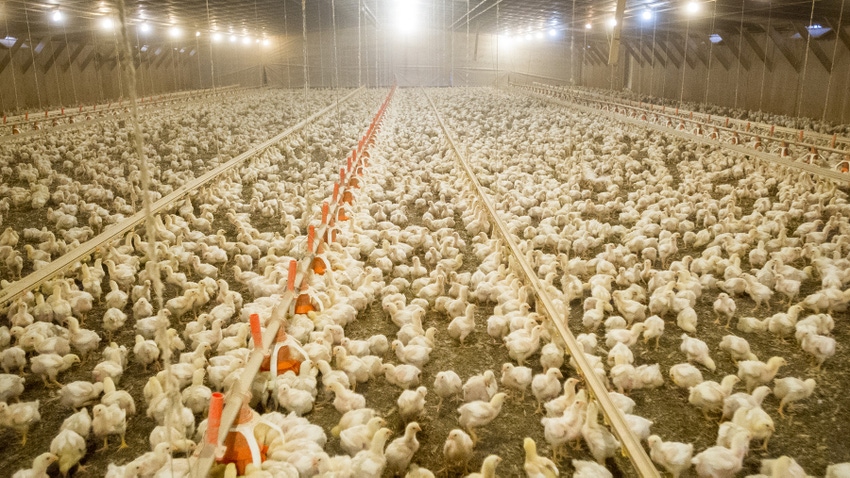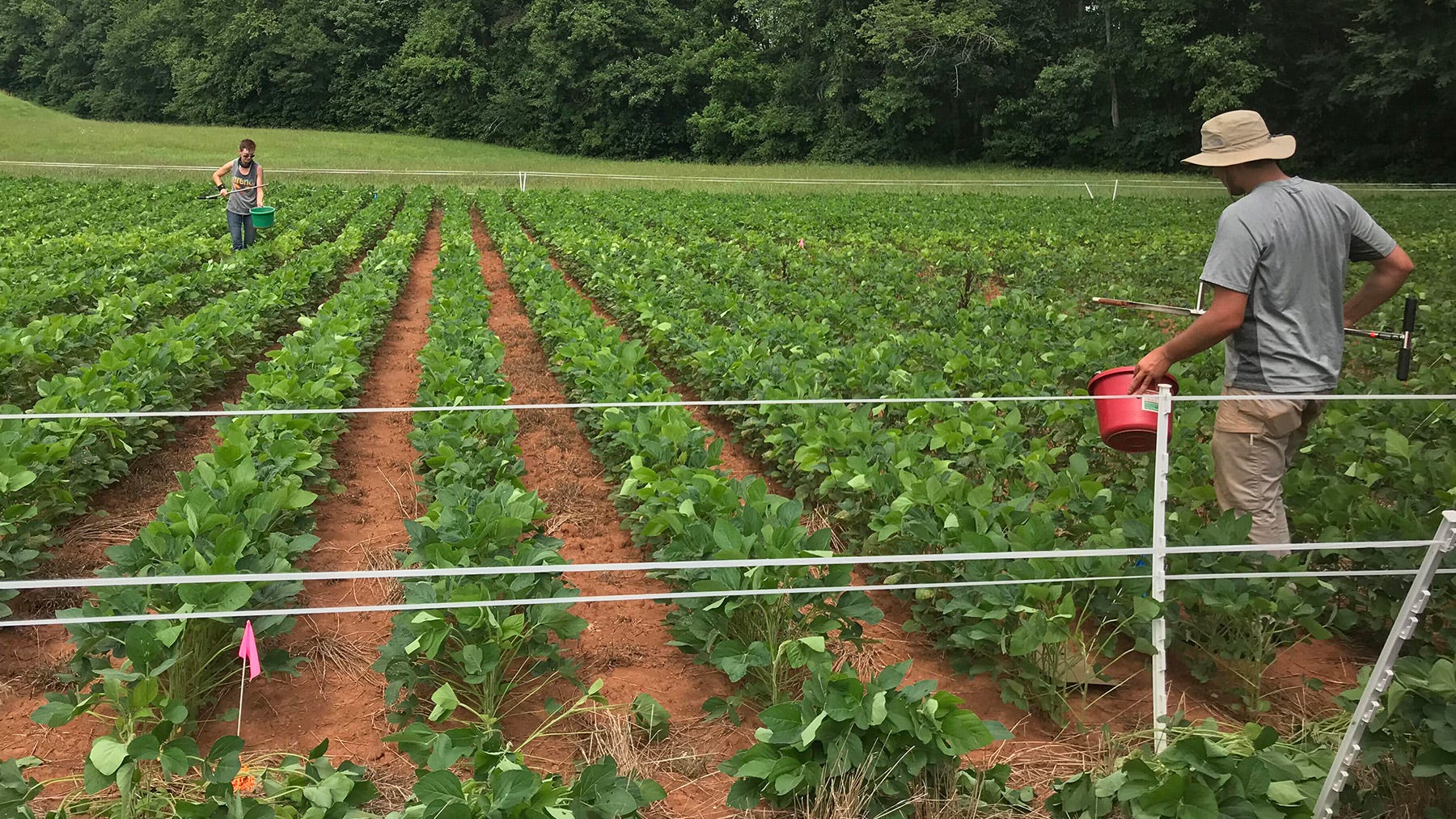
The first thing to do if you are looking to incorporate manure into your nutrient management plan on the farm is get a waste analysis to know just what’s in the manure before you apply it.
“That waste analysis is going to be critical to tell you what you can anticipate getting out of that material when you land apply it to your crop. That is the number one thing I ask for if somebody is calling me about applying poultry litter,” says Stephanie Kulesza, assistant professor of nutrient management & animal waste at North Carolina State University.
Kulesza said waste analysis is critical because there is a great variation in the amount of nutrients in poultry litter from farm to farm and year to year, based on seasonality and management practices.
Kulesza offered pointers on applying poultry litter to corn and soybean crops in a presentation at the North Carolina Commodity Conference at the Imperial Grand Hotel in Durham Jan. 11. She said there is a great deal of variability in nutrient content based on what kind of poultry litter you use.
“If it’s whole house or caked litter, those are going to have different nutrient contents,” she said.
Crusted vs. whole house
Crusted or caked litter is higher in nitrogen and phosphorous than whole house litter. Kulesza explained that caked litter (or crustings) is cleaned out between flocks, usually between every flock. Whole house litter is collected every one to three years.
“That’s where you take all of the bedding material and everything else out of the house and restart. Based on their difference on where you’re collecting the manure from, and what’s involved in the cleanout you get a different concentration of nutrients,” she explained.
Poultry litter is the most widely marketed manure source in North Carolina. “It’s very dense in nutrients compared to other manure sources. It’s more easily transported. It’s a drier material, about 20% to 30% moisture, so you’re not trucking water all over the state. It’s able to move a lot farther because it’s got a higher concentration of nutrients,” she said.
An ongoing challenge in applying poultry litter is variability. Kulesza said that is why the waste analysis is so important — so you can know the source and production practices of the litter you plan to apply.

North Carolina State University research technician Grace Kilroy and graduate student Joseph Burns conduct soil sampling where chicken litter was applied on a soybean research trial at the Piedmont Research Station near Salisbury, N.C. (PHOTO: Stephanie Kulesza/NCSU)
Application
When it comes to applying poultry litter, Kulesza recommends applying litter on corn to have the phosphorous from the litter available to soybeans the following year. Application rates and application timing are critical.
“You can apply one to two tons of poultry litter to soybean. You’re allowed to apply a lot more, but we didn’t see a lot of benefit to that. If we are talking about dollar and cents, what makes the most value for you is incorporating it into a high nitrogen user, such as corn, and then allowing the phosphorous and other micronutrients to supplement later crops in the rotation,” Kulesza said.
Along with the rate, Kulesza said there could be regulatory requirements included with a nutrient management plan. She said it is important that when you figure out the rate you make sure you follow the regulatory requirements for the manure source you are using.
“Though poultry is deemed permitted, we’re still not allowed to have any discharge to waterways, and we still need to make sure that we apply at agronomic rates. What’s an agronomic rate? It’s applying at a rate that’s reasonable for that crop,” she explained.
Applying at agronomic rates means applying manure within 30 days of planting, 30 days of breaking dormancy, or to an actively growing crop. She said the best time to apply poultry litter is as close as planting as possible.
“When we think about timing as well, it’s not just about when is the best time to apply, but it’s also when can we apply based on the weather and our field conditions. The reason why we need to apply within 30 days of planting, 30 days of breaking dormancy, or to an actively growing crop is to make sure those nutrients are making it into the crop we are producing,” she said.
If you apply poultry litter too early, you increase your risk of losing any benefits that litter will bring to the crop. Kulesza said heavy rain can wash away the benefits of poultry litter if it is applied too early.
“Nitrogen from poultry litter is available very quickly so you can apply the day you plant and still get the nitrogen into the corn,” Kulesza said.
Read more about:
FertilizerAbout the Author(s)
You May Also Like






